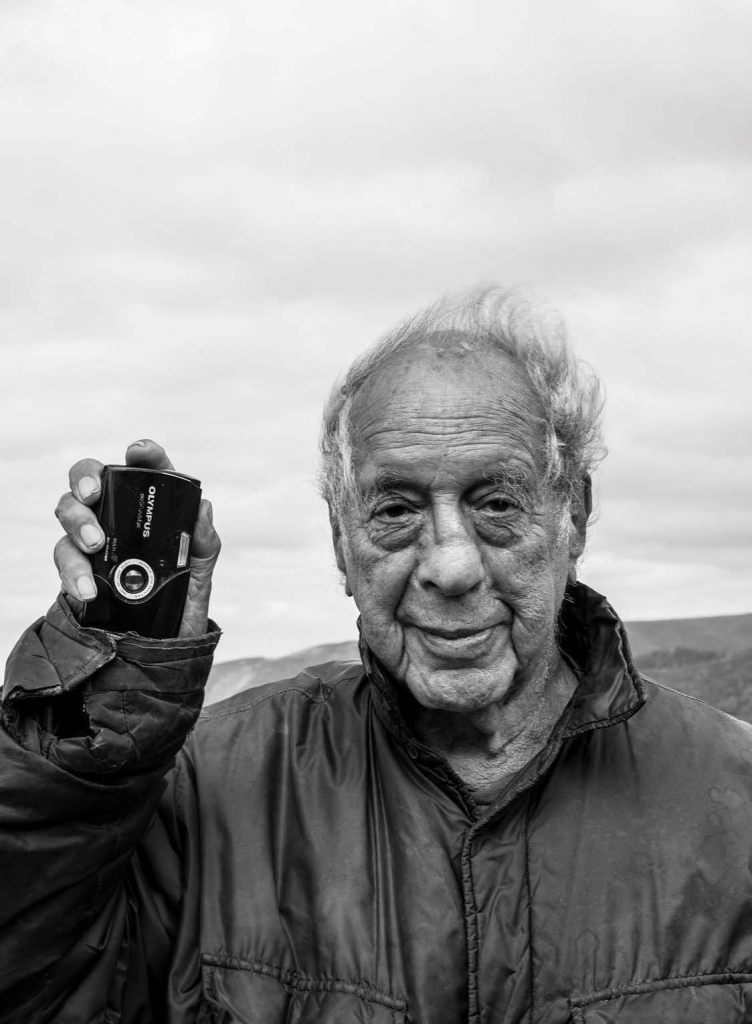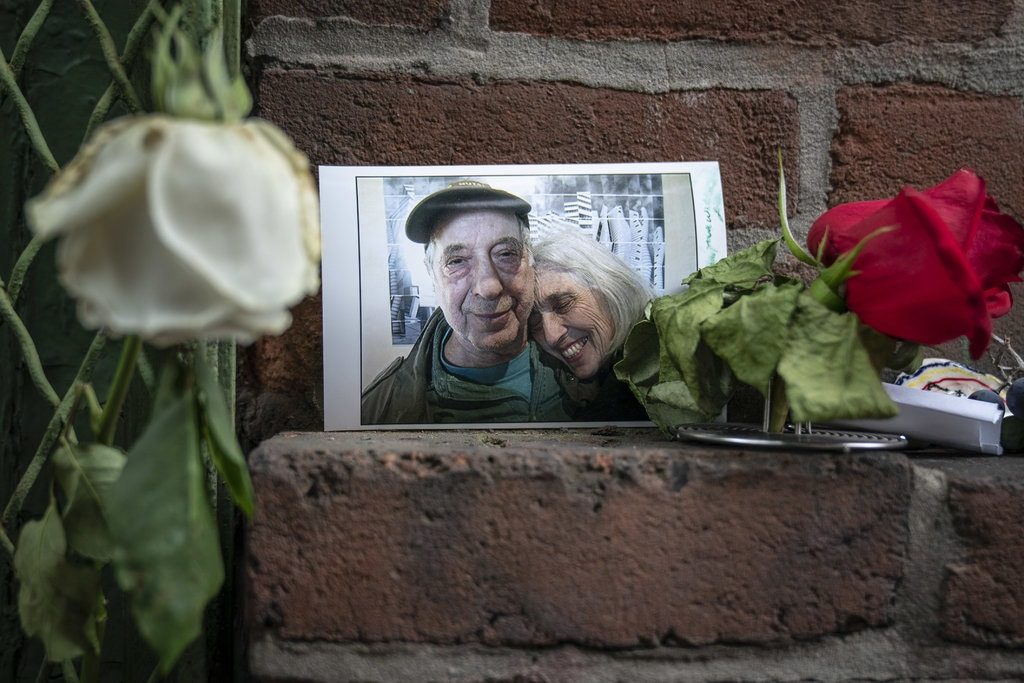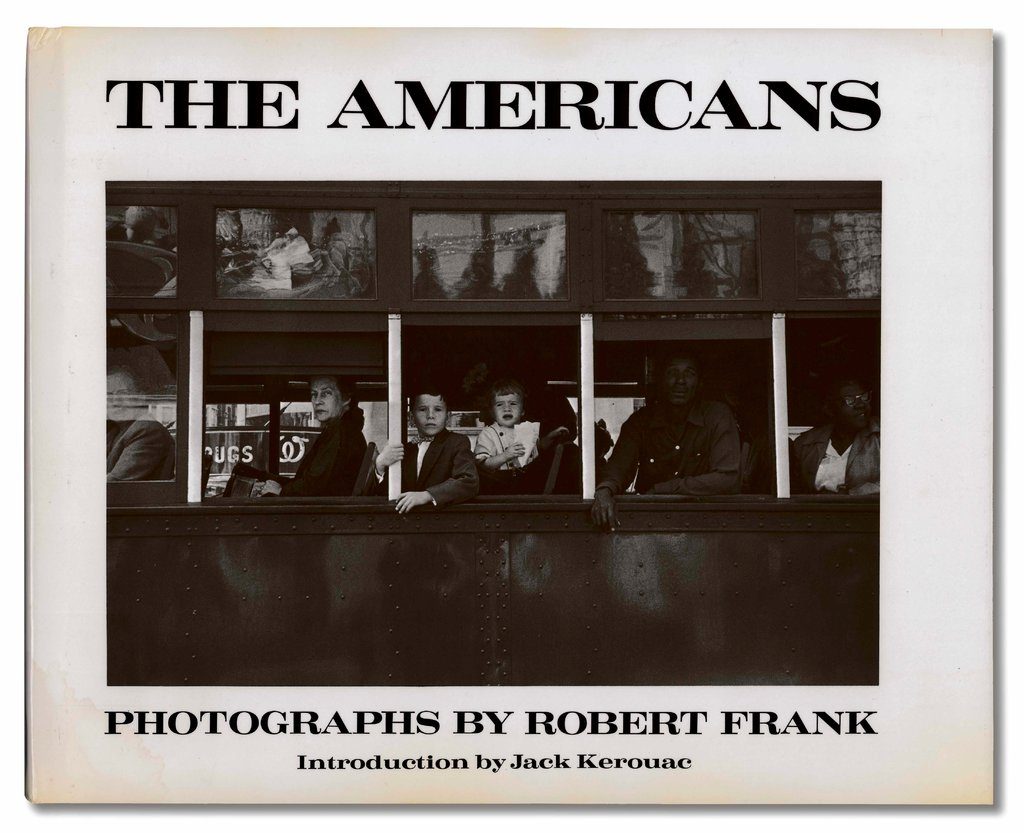
Credit Dodo Jin Ming
Robert Frank, an influential documentary photographer, died last month at age 94.
Frank’s photos were black and white and included a “grainy and blurry” appearance that signified that the American Dream isn’t what it seems as gathered throughout the articles.
Frank would capture photos of people with less fortune in society, because as he stated in The Times Magazine, “My sympathies were with people who struggled. There was also my mistrust of people who made the rules.”
His vision led to his book, “The Americans” featuring photos of his cross country journey of America.
The importance of “The Americans” let people see that everyone is beautifully different. To be an American doesn’t mean you have to look like a movie star or some type of celebrity; you get to be yourself.
Many people did not like Frank’s style of photography. For example, a Popular Photography magazine complained about their “meaningless blur, grain, muddy exposures, drunken horizons, and general sloppiness.”
Frank did not see that in his work. He had a “romantic idea” about “Finding and honoring what was true and good about the United States.”

CreditDrew Angerer/Getty Images
Frank died at Inverness Consolidated Memorial Hospital on Cape Breton Island, Nova Scotia. His photos had made a huge impact on today’s documentary photos.
Gathered from a tribute to Robert Frank in The New York Times, Philip Gefter stated in a creative thought, “I wonder what moments in the lives of today’s immigrant children…Mr. Frank could have captured with his elegantly transgressive photographic lens.” Gefter continues on to “Thank Frank” for his inspiring journey.
The only immediate survivor is his second wife, June leaf, as both his kids have passed; Andrea at age 20 from a plane crash in Guatemala in 1974 and Pablo in 1994.
Born in Switzerland, Frank emigrated to New York at the age of 23. Since he was not originally from the states; he got to experience America through his own eyes. As referred to in The Times Magazine, Frank viewed the United States society through the lens of an outsider to expose the poverty, racism and alienation previously ignored in portrayals of the American dream.
This image of America made it to Europe, as Frank would travel between the countries and he would share his photos there. “The Americans” was released earlier in that country before being released in America.

“‘The Americans’ challenged the presiding midcentury formula for photojournalism,” stated in The New York Times. Frank’s photographs were centered on, “Lone individuals, teenage couples, groups at funerals and odd spoors of cultural life.” The images were “classically composed” and made with a “cinematic” and “grainy” quality like the early television of that time period.
“Mr. Frank had come to detest the American drive for conformity, stripping away the picture-perfect vision of the country.” stated in The New York Times.
Besides taking photos, he also experimented with the moving image. He would often use his first wife and children to play a role in these films. He even made a film solely based on his two kids, Andrea and Pablo, called “Conversations in Vermont”. Yet, the work he made for “The Americans” is the most recognizable thing he did out of all of his work.
Frank would continue to film and take photos throughout the remainder of his life.
For more information about Robert Frank, click on the links below. https://www.nytimes.com/2019/09/10/arts/robert-frank-dead-americans-photography.html?rref=collection%2Fsectioncollection%2Farts&action=click&contentCollection=arts®ion=rank&module=package&version=highlights&contentPlacement=1&pgtype=sectionfront
https://www.nytimes.com/2019/09/13/opinion/letters/robert-frank-retirement-campus.html
